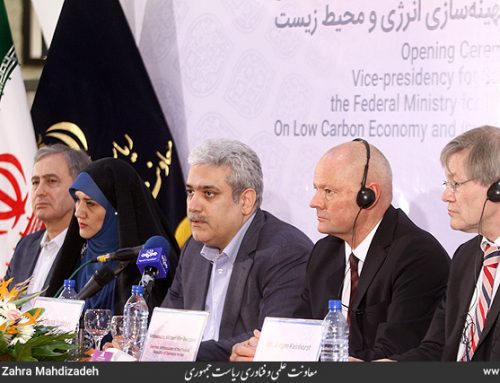Project Description
Quantifying the Econonimic Impact of the Wind Energy Industry in Germany
The wind energy industry is one of the main growth engines of the green economy. The study provides the basis for a well-balanced assessment of the costs associated with the promotion of renewable energies on the one hand and the economic benefits of the wind energy industry in terms of growth, employment and innovative capacity on the other hand. As wind energy is a very decentralised industry, we also assess the regional economic impact for different German regions.
The analysis is founded upon a regional input-output and multiplier analysis that rests on the input-output analysis of the Federal Statistical Office but is adapted in a novel approach to the specific structural conditions of different regions. As such, the model robustly quantifies the economic impact of the wind energy industry with respect to gross value added, employment and public revenue. For each of these indicators, the direct, indirect and induced effects are reported.
The results show that the wind energy industry creates substantial economic value added in the investigated regions. Investments into and operation of wind energy plants lead to a significant overall effects in Germany (i.e. including direct, indirect and induced effects) on gross value added of EUR 14.5 bn as well as providing roughly 160.000 jobs.
Commissioned by:
Year:
Johannssen + Kretschmer
2014
The economic significance of the wind energy sector – Onshore wind energy in Bremen and Lower Saxony
Due to their vicinity to the coast, the federal states of Bremen and Lower Saxony are highly attractive for wind energy generation. These circumstances favored the development of an independent industry for the production of wind energy plants in the region. Our study analyses the economic significance of the wind energy sector in the two states by assessing the economic effects on added value, employment and public income for the year 2012. We use the input-output model from the Federal Statistical Office of Germany. The effects can be divided into direct, indirect and induced effects.
We come to the conclusion that the wind energy sector employs around 20.000 people and that it reaches an added value of more than 3 Billion Euros.
Commissioned by:
Year:
Publication:
Bundesverband WindEnergie e.V.
2014
The economic significance of the wind energy sector in Brandenburg
Due to the energy transition in Germany, the wind energy sector has recently become an important economic branch, contributing to GDP, employment and public income. By means of the input-output model of the German Federal bureau of statistics, our study assesses the economic effects of the wind energy sector on these figures in Brandenburg for the reference year 2014. The overall effect on these figures can be divided into direct, indirect and induced effects. It appears that, compared to 2012, the economic importance of the wind energy sector has increased.
Commissioned by:
Year:
Bundesverband WindEnergie e.V.
2016
The economic significance of the wind energy sector – Onshore wind energy in Brandenburg
Due to the energy transition in Germany, the wind energy sector has recently become an important economic branch, contributing to GDP, employment and public income. By means of the input-output model of the German Federal bureau of statistics, we assessv in our study the economic effects of the wind energy sector on these figures in Brandenburg for the reference year 2012. The overall effect on these figures can be divided into direct, indirect and induced effects.
Commissioned by:
Year:
Bundesverband WindEnergie e.V.; Landesverband Berlin Brandenburg
2014





